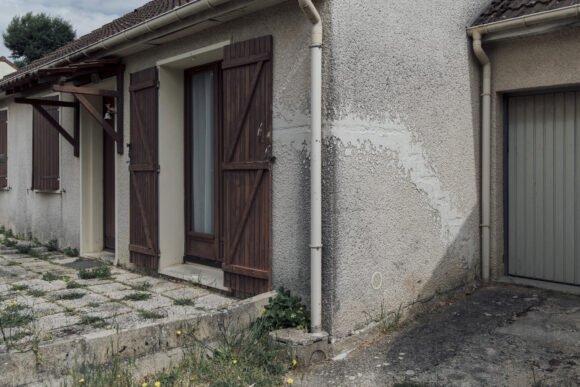When Bernard Weisse first noticed a tiny crack in the outer wall of his house on the outskirts of Paris, he dismissed it as little more than a nuisance. But in the four years since, a spiderweb of fissures has spread from floor to ceiling and snaked into virtually every corner of his home.
“We can hear loud cracking noises especially when it’s warm outside,” said the retired salesman and father of three. “Sometimes, I think we should get all our stuff together and leave.”
Like a growing number of people around the world, Weisse is grappling with subsidence — a term for the sinking land that’s causing damage to homes and other structures built on it. The slow-moving climate disaster has already caused tens of billions in damage and has the potential to affect 1.2 billion people in areas accounting for more than $8 trillion of economic output.
While groundwater extraction, mining and earthquakes also cause the ground to shift, global warming vastly increases the risks. What happens is that soil swells with winter rain and then shrinks as it dries in the heat, cracking foundations in the process.

Because of its soil and its status as the world’s fastest-warming continent, Europe is particularly exposed. The European Central Bank estimates the region’s potential damage from sinking land at more than €2.5 trillion ($2.9 billion) across all euro-area financial institutions. Although most of that is classified as “low risk,” this summer is forecast to be one of the hottest and driest on the continent, creating perfect conditions for subsidence damage.
For Weisse, the cost for repairs could climb to as much as €200,000 to keep his two-story home from crumbling. That would be part of the estimated €43 billion in damage that households face by 2050 in France alone, according to insurance trade group France Assureurs. With that much money at stake, it’s set off a battle over who will ultimately have to pay.

